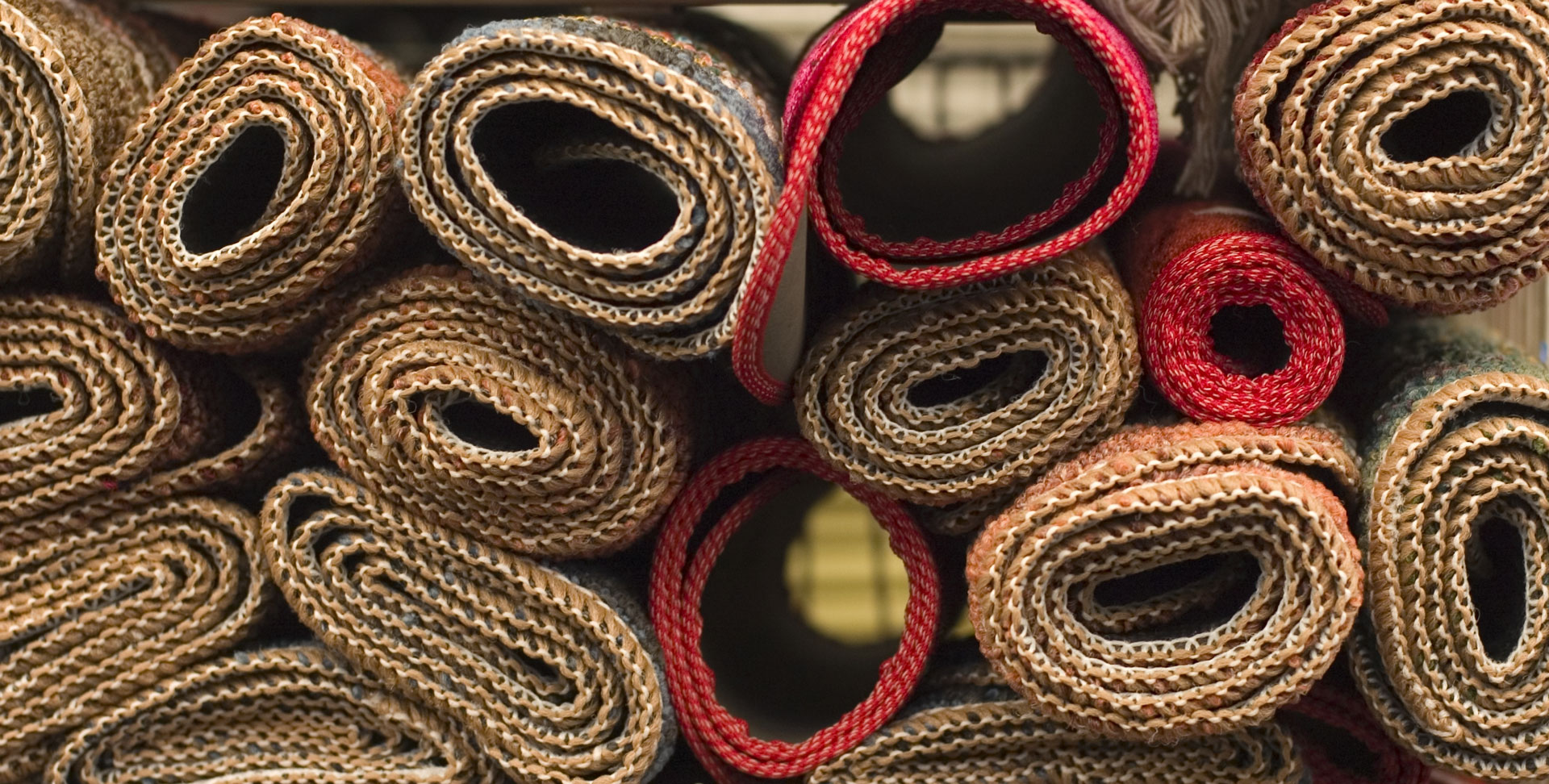To store carpets and rugs, roll them with the pile inward and wrap them in breathable fabric. Store them off the ground in a cool, dry environment.
Storing carpets and rugs correctly is crucial for maintaining their condition and prolonging their beauty. Consumers often invest in high-quality rugs and seek the best methods to preserve them during periods of non-use. Whether due to seasonal changes, moving homes, or simply redecorating, knowing how to store your carpets properly can prevent damage such as mold, moths, or undue wear.
Taking the time to prepare your carpet with the right materials and selecting an optimal storage location can make all the difference. The internet is awash with storage tips, yet it’s essential to distil the advice into straightforward, actionable guidance that keeps your treasured items safe and secure for future enjoyment.

Credit: www.lifestorage.com
Selecting The Right Storage Location
Selecting the right storage location for your carpets and rugs is vital to ensure their longevity. Temperature and humidity control plays a pivotal role in preserving the materials and preventing any damage. Ideal conditions for storage would be a cool, dry space where temperature and moisture levels remain consistent.
Direct sunlight can cause fading and deterioration of the fibers, so it’s essential to choose a location away from light exposure. Similarly, avoiding areas prone to dampness will help in shielding your items from potential mildew and mold growth. Ensuring adequate air circulation is also important to prevent any unwanted odors from setting in.
Cleaning And Preparing Carpets And Rugs For Storage
Thorough cleaning of carpets and rugs is essential before storage to prevent damage and deterioration. Begin by vacuuming to remove loose dirt and dust. For a more deep clean, use a carpet shampooer or employ professional cleaning services. This step ensures the removal of embedded dirt and potential pest attractants.
Proper drying techniques are crucial to avoid the formation of mold and mildew. Carpets and rugs should be thoroughly air-dried, being sure they are completely free of moisture. This can be done by laying them flat in a well-ventilated area or hanging them in a dry, airy space.
Once dry, rolling and wrapping for storage is preferred over folding to prevent creases and damage. Roll the carpets and rugs with the pile facing inward and wrap them in breathable fabric such as cotton sheets to protect against dust and pests. Secure the wrapping with sturdy twine, ensuring the package is tight and secure before placing it in storage.
Implementing Effective Storage Practices
Effective storage practices for carpets and rugs can greatly increase their longevity and maintain their condition. One essential aspect is using rug pads. Rug pads provide cushioning and support to rugs, which helps in preventing folds and creases when they are stored for extended periods. It is important that these pads are acid-free and designed specifically for rug storage.
Regarding stacking and shelving, it’s best to store carpets and rugs horizontally on shelves. The aim is to always avoid sharp bends and weight that could cause strain. Carpets should be rolled with the pile facing inward, and stored atop one another with a protective layer in between, like acid-free paper, to prevent any color transfer or damage.
To ensure well-maintained items, rotate stored carpets and rugs periodically to improve air circulation around them. It’s recommended to unroll and re-roll the items from the opposite end to avoid creating permanent creases and to promote better air flow which can stop mold and mildew from settling in.
Frequently Asked Questions On How To Store Carpets And Rugs
Is It Ok To Fold Carpet?
Folding carpet can damage its fibers and backing. For short durations, roll it instead. Ensure you transport and store carpets with care to maintain their condition. Opt for professional help if unsure about proper handling techniques.
Should I Store Rug Vertically Or Horizontally?
Store rugs vertically on racks to maintain their shape and reduce creasing. Ensure the storage area is clean and climate-controlled to prevent damage.
How Long Can You Leave Carpet Rolled Up?
Ideally, don’t leave carpet rolled up for more than a few weeks. Extended storage can damage the carpet’s shape and backing material.
How Do You Roll Up Carpet For Storage?
Start by thoroughly cleaning the carpet. Roll it tightly from one end to avoid creases, keeping the top side inwards for protection. Secure the roll with straps or rope, and wrap in plastic or canvas for added safety while stored.
Conclusion
Storing your carpets and rugs properly ensures their longevity and beauty. Embrace these easy steps to protect your treasured floor coverings from damage. Remember, clean, roll, and shield – the mantra for maintaining your rugs’ splendor. Keep these tips handy for when the time comes to tuck your textiles away safely.


